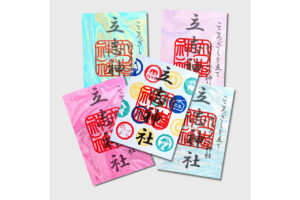

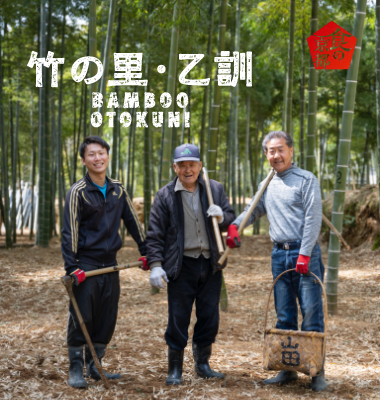
special interview
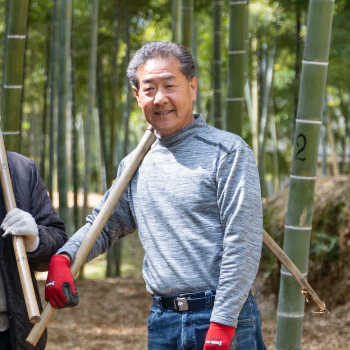
Satoshi Yamada
Sakuto Yamada
Born in Kyoto in 1962. Inheriting his family's farming business, he grows Kyoto bamboo shoots, rice, Chinese cabbage, persimmons, and other high-quality rice that has won awards at the Kyoto Prefecture Nagaokakyo City Agricultural and Forestry Products Competition. Now, with the help of his wife and eldest daughter, the Yamada family creates delicious food in a friendly and friendly manner.
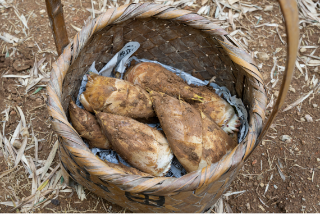
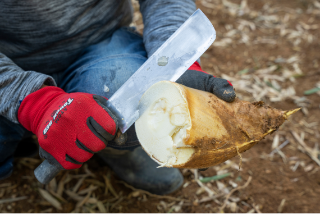
Kyoto bamboo shoots are organically grown by hand. The harvest season is from mid-March to early May, but according to Mr. Sakutoji Yamada of Yamada Farm, who does business with many famous restaurants including two-star Michelin restaurants, ``In the Nishiyama District, Uchinagaokakyo City, the Yoshino cherry trees have just begun to fall. The peak season is from early April to mid-April, when the double cherry blossoms are in their third bloom. These days, every morning around 5 a.m., three generations of farmers, along with their 93-year-old father, Nagasaku, and his son, Masaya, dig out bamboo shoots using a special hoe called a hori. Masaya says, ``I start by imitating. I hold the hole straight, feel the bamboo shoot move to the left or right, and then cut and dig the roots.'' Masaya says that this profession is influenced by sense, so it's important to gain experience, and he explains the importance of gaining experience. He says he can feel the weight of the soil.
When asked what is most important for delicious Kyoto bamboo shoots, Sakutoji immediately replies, "Soil." Once the Kyoto bamboo shoots have been harvested, they begin managing the bamboo, cutting weeds without sowing herbicides, and removing stones by hand. In autumn, all the bamboo bushes are covered with straw and covered with soil, which is a very laborious process for about a month. Kyoto bamboo shoots require careful and careful management for a year. When you go to that bamboo thicket and walk on the soil, it feels fluffy. This is what allows the bamboo shoots to grow while being supplied with adequate moisture, and to grow in the soil until they are dug up. Mr. Sakutoji says, ``The climate of the Nishiyama area and the [soil] that our ancestors grew are essential to making delicious Kyoto bamboo shoots.Kyoto bamboo shoots that are freshly dug in the morning are soft with little harshness, so... It can be boiled in a short time without using rice bran."
What's surprising is that when freshly dug, it's so fresh that you can eat it thinly sliced and raw, and it's sweet. The remnants will be there in time now, but I can't wait for next year.



Gion Nishikawa / Gion
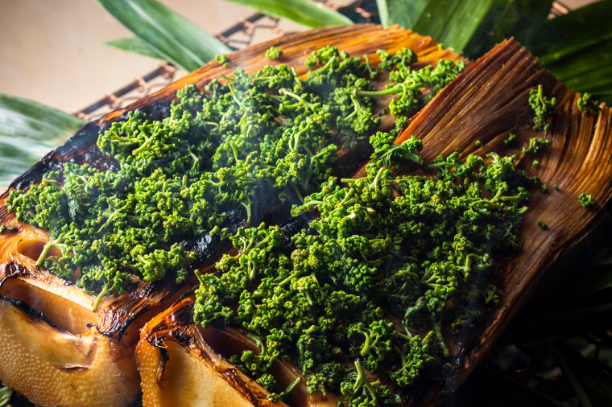
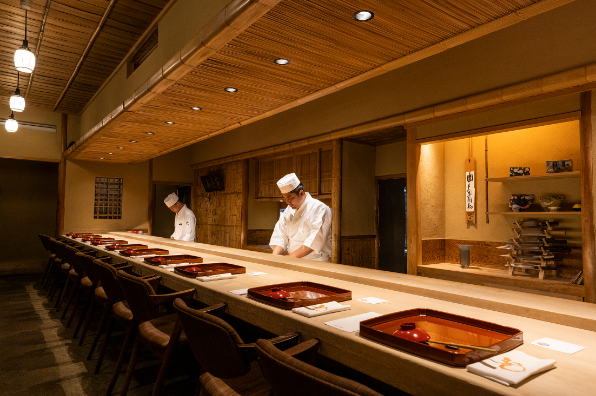
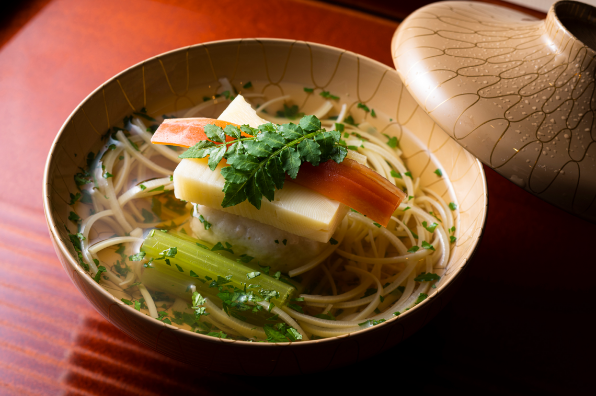
An example from kaiseki during the bamboo shoot season. Takeshi majo and himeki somen noodles with the aroma of a well-known restaurant's dashi, charcoal-grilled bamboo shoots with a condensed umami flavor of seafood and charcoal grilled bamboo shoots served with hanasansho pepper
A tea shop founded in the first year of Eireki, located at the foot of Ujibashi Bridge. We carry a wide range of Uji teas selected by our long-established connoisseurs, from everyday use to high-end products, and we also have 4 brands of premium Uji teas certified by Kyoto Prefecture in 2020. Shoppers are also treated to tastings, and some regular customers come to enjoy a cup of tea in the space that still retains the remains of a townhouse built in the Edo period. There will also be a tea room overlooking the Uji River.
Gion Nishikawa
Gion Nishikawa
Kinsuitei/Nagaokakyo
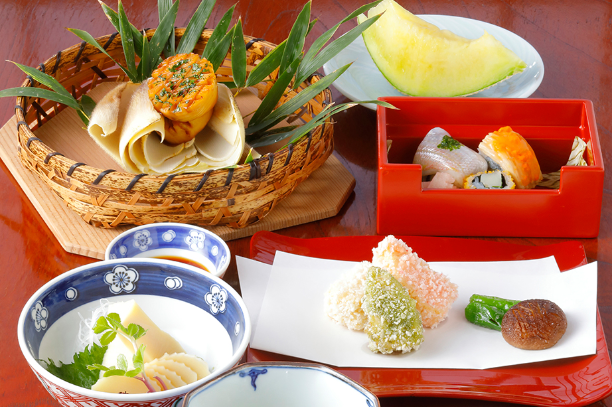
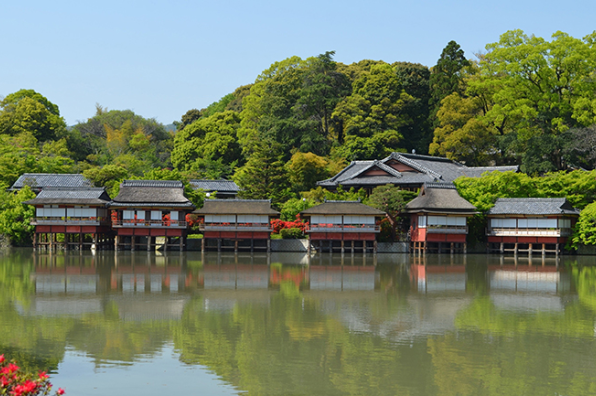
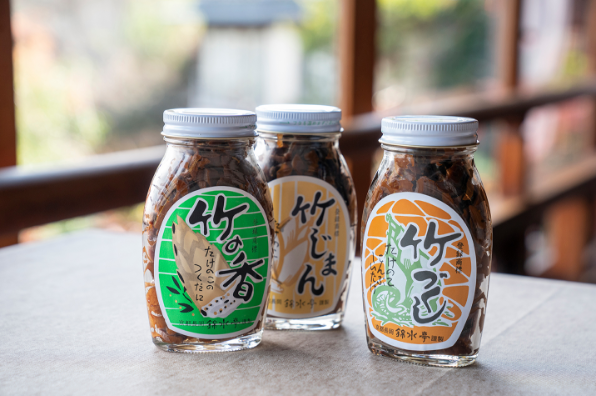
In addition to the bamboo shoot course for 15,180 yen, you can enjoy the bamboo shoot kaiseki menu until late May. As a souvenir, 864 yen each is boiled bamboo shoots cooked in homemade sauce.
Founded in 1881. Sukiya-style tatami rooms line the edge of Hachijogaike Pond, and you can enjoy seasonal Kyoto cuisine in an elegant setting. The most famous dish is the spring bamboo shoot kaiseki. Bamboo shoots from the western suburbs of Kyoto are served in courses, with the main ingredient being bamboo shoots that the owners tend and harvest themselves from the bushes in Nagaokakyo. There are many items that will elevate your perception of bamboo shoot dishes, including white, crispy and soft-textured sashimi.
Kinsuitei
Kinsuitei
Today's Ajidokoro Uosu/Nagaokakyo
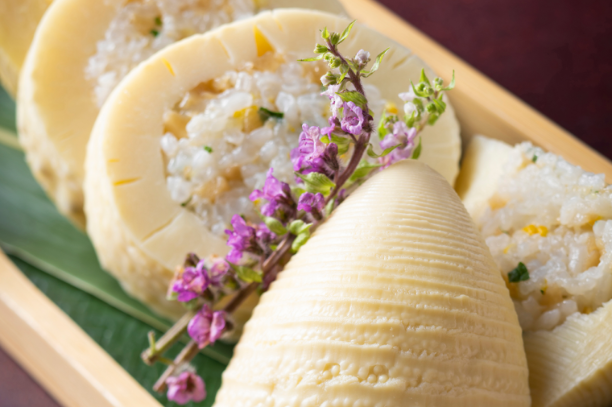
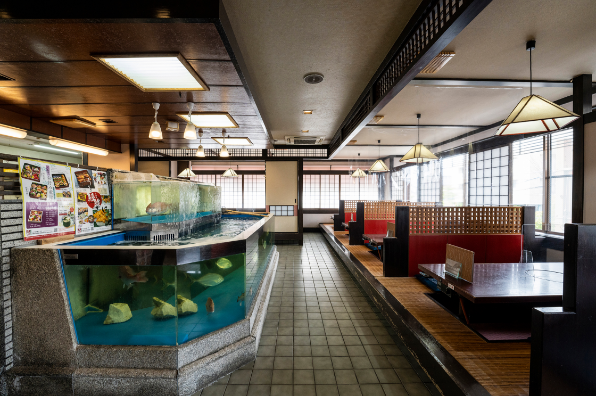
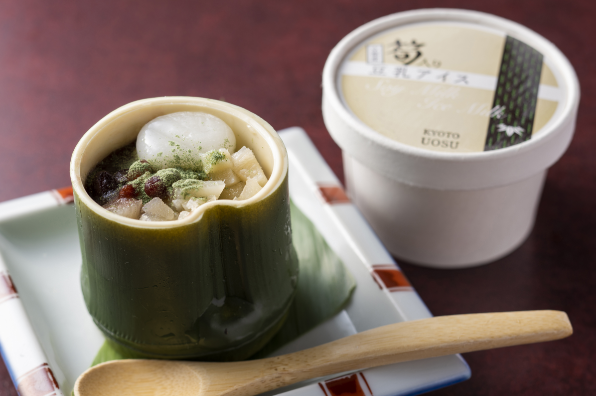
Bamboo shoot sushi available all year round for 1,595 yen. It is also a craftsman's skill to hollow out the bamboo shoots and stuff them with sushi rice. Sasa yokan with a refreshing bamboo flavor 495 yen, soy milk ice cream with bamboo shoots 440 yen (price differs for takeout and order)
The specialty is ``Takenoko Sugata Sushi,'' which takes advantage of the pure white color and soft texture of Kyoto bamboo shoots. This dish is made by boiling and carefully exposing bamboo shoots with a unique seasoning, and then stuffing them with sushi rice mixed with bamboo shoots, yuzu, and tree buds.It has a crunchy, juicy texture and a unique flavor that gives you the taste of spring. Bamboo shoot sweets are also popular, making them perfect for desserts and souvenirs. You can also order it, so check it out.
Kyoto Taste Uoju
Today's horse mackerel place Uosu
 News
News Feature article
Feature article Featured event
Featured event